Description
For most of the 1970s and 80s, poet and painter Robert Sund spent part of each year his at small shack on the Skagit River estuary. There, he kept journals of his observations and reflections as well as encounters with friends and fellow artists from the nearby community of Fishtown. With freshness and immediacy, these poem-like notations reveal the poet’s ongoing artistic discipline based on close attention to the natural world, as well as his spiritual insight, humor, and love for all that illuminates the mind and lifts the heart. Notes from Disappearing Lake captures a creative spirit and an artistic moment in one of the Northwest’s most mystically beautiful landscapes. For a bio and more books, please visit the Robert Sund Foundation website.
Left Coast Nature Poets: This handout describes Sund and his poems, a few of which were included—Robert Sund died in 2001. He was a gentle man who celebrated ordinary things. In Anacortes, Washington there is a Robert Sund’s Poet’s House trust that promotes local poetry and the writing of Robert Sund.
Prior books published by Pleasure Boat Studio, now in the care of the Robert Sund Foundation:
Taos Mountain: Poetry. Literary Nonfiction. Art. Edited by Glenn Hughes and Tim McNulty. Afterword by Glenn Hughes. After growing up in the Pacific Northwest, poet and painter Robert Sund was moved and altered by his encounter with the Southwest. He lived in Taos, New Mexico, and filled page after page with notes, poems, prose, and gorgeous paintings. This book is a limited edition which demonstrates Sund’s virtuosity and versatility.
Poems from Ish River Country: Collected Poems and Translations: Poems from Ish River Country collects the complete poems of poet, painter and calligrapher Robert Sund. Mr. Sund’s few published volumes of poetry and frequent public readings established his reputation as one of the most distinctive poetic voices of the Pacific Northwest, where he enjoyed a tremendous popularity before his death in 2001. His short, imagistic poems, in the tradition of William Carlos Williams and Kenneth Rexroth, distill the essence of the Northwest landscape and in plain speech celebrate themes of family, friendship, work and quiet contemplation. Included here are the poet’s award-winning collections, Bunch Grass, which gave literary voice to the rolling wheat country east of the Cascade Mountains in his native Washington State, and Ish River, which celebrated the misty, riverine landscape of the Puget Sound country, a place, in the poet’s words, “between two mountain ranges where / many rivers / run down to an inland sea.” But the great bulk of this collection contains poems unpublished during the poet’s lifetime or published only in very limited editions. There is also a generous selection of his translations, from Issa, Buson, Basho, and most especially from the Swedish poet Rabbe Enckell, with whom Mr. Sund felt a close affinity.
A poem plucked from the Robert Sund website:
Like a Boat Drifting
Like a boat drifting,
sleep flows forward
on the deep water of dreams.
Drifts and drifts…
until, finally
the bottom falls out of knowledge.
In the fragrant mist of dawn
the rower wakes,
picks up the oars, sets them,
and begins to row.
All night
he labored in his dream
to be born
like a song in the mouth of God.


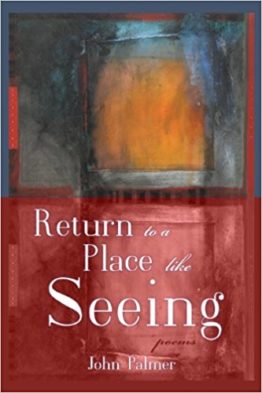
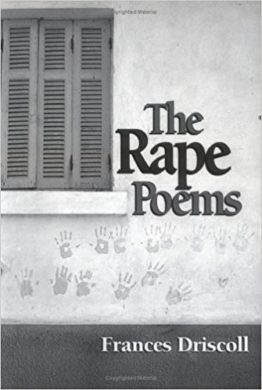
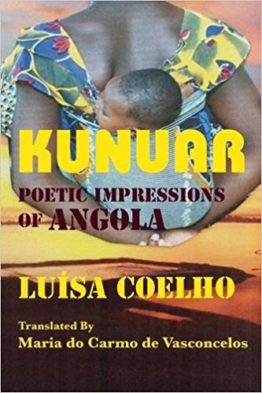
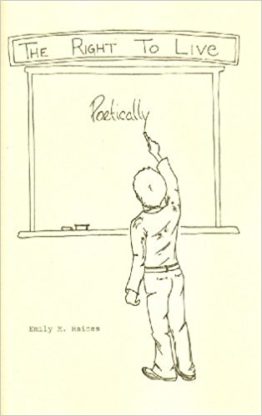

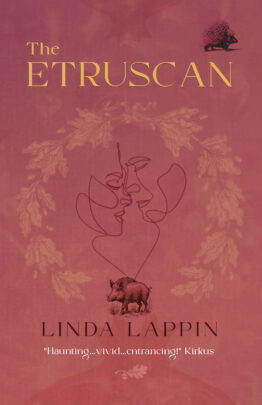
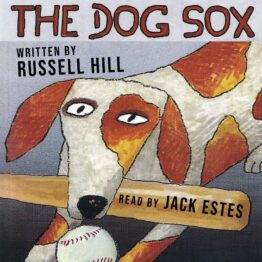
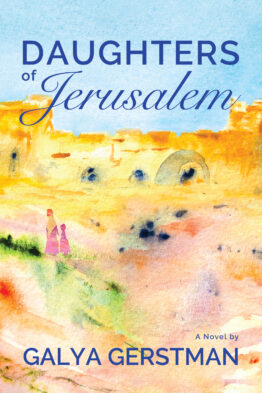
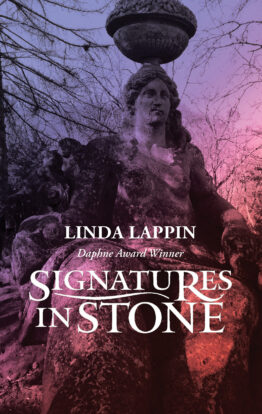
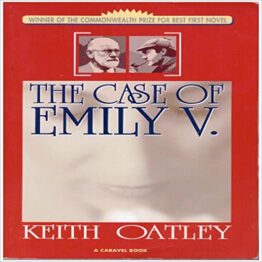
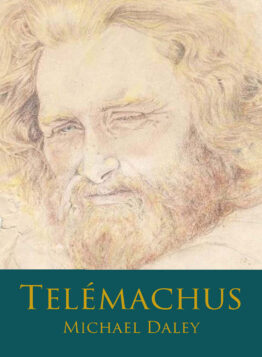


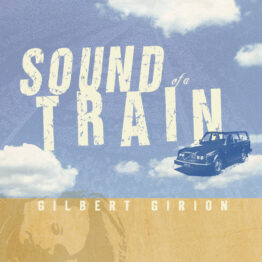
Lauren Grosskopf –
De-stressing through these poems which gave me a much needed lightning of heart. The poems exude a simplicity, a warming, soothing calm. A much different experience of life led amidst the raw nature of the NW.
James Bertolino –
Some men
reap their harvest daily,
like ducks
swimming about the bay as
tide descends,
gobbling water plants
with feathery heads
down under
ripply water,
never realizing
their ass is skyward &
open to the wind.
This poem is a fine example of some of Sund’s key characteristics as a poet: his detailed
daily observations about the world around him, and his sense of humor. Also, like the
majority of poems in this book, the poem carries the date it was composed.
He honored and learned from the great Chinese poets, and learned traditional
calligraphy to enhance his own poems. He often embellished his poems with tiny
drawings of mountain and island landscapes. Notes from Disappearing Lake opens
with a reproduction of the calligraphy of a poem titled “October 12, 1973,” and it is
punctuated by an image of mountains and an island watercourse.
documentary maker, from handout –
so calm and precise and easily absorbed.